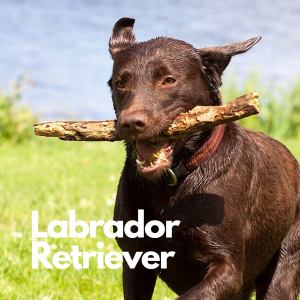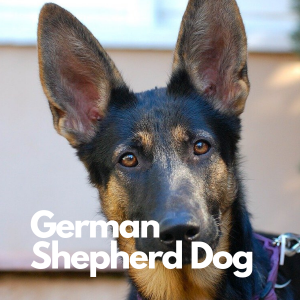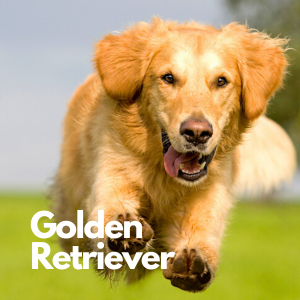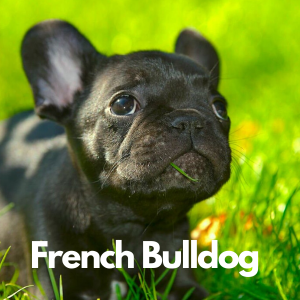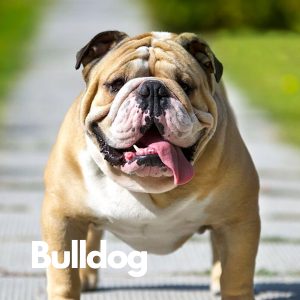
Toy
7 lbs.
6-8 in.
12-16 years
1. Key Characteristics of Yorkshire Terriers
Yorkshire Terriers (a.k.a. Yorkies) are one of the most popular dogs among the toy breeds.
Although the tail is usually docked, this practice is illegal in some European countries.
The coat is long and silky and comes in colors of steel blue and tan. The coat is sometimes clipped short for easy maintenance, especially near the face, which is flanked by V-shaped ears.
2. Where Yorkshire Terriers Came From
Weavers from Scotland migrated to England with a dog called the Waterside terrier.
People used to make sarcastic remarks about the dogs’ coats, that they were products of the loom from the clothing mill in which the weavers worked. Despite this perception, the breed flourished and was named for the city of Yorkshire, England, in 1870.
The dogs were often used to rid the mills of mice and rats. The small dog could also fit into other animals’ burrows to chase them out.
Yorkshire Terriers were much larger than they are now. They were bred down in size over time to become the tiny toy dogs so popular today.
The breed appeared in the United States in 1872 and was recognized by the American Kennel Club (AKC) in 1885.
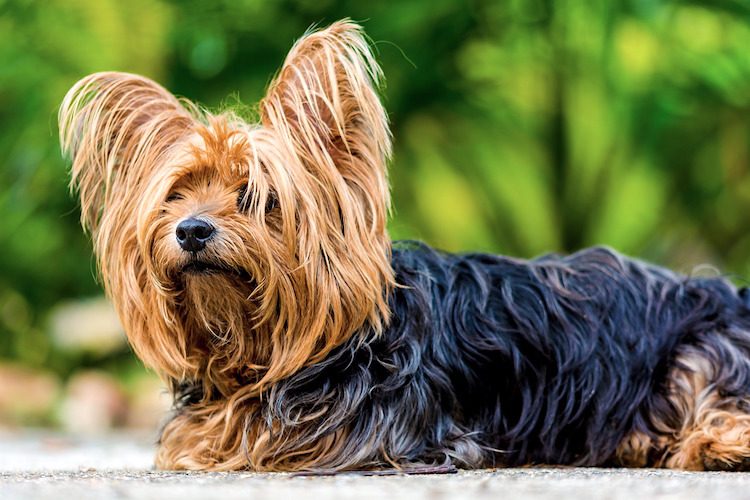
3. How Friendly Are Yorkshire Terriers?
Don’t let their small stature fool you: Yorkies may be small in size but are big on personality. They need to be trained or can become snappy or unruly.
They are notoriously difficult to house-train, but they are determined little pups, also described as brave, curious, energetic and affectionate companions.
Perhaps surprisingly, they make excellent watchdogs.
4. Is This the Right Dog for You?
Exercise Needs
LOW: Yorkies need only limited exercise due to their small size. Play with yours daily and take them for a walk to help expel energy.
They are active indoors and suitable for apartment living.
Grooming Needs
HIGH: Although Yorkies don’t shed much, you’ll still have to brush yours daily and groom them regularly. Otherwise, their coats can get tangled and matted to a painful degree.
These dogs also have a propensity for dental problems, so get comfortable with brushing your Yorkie’s teeth. As always, clean the ears and trim the nails weekly.
On the plus side, Yorkies are considered to be a great option for people with dog allergies and asthma.
Health Problems
MEDIUM: Yorkies are sensitive to cold temperatures and prefer warmer weather.
In addition to their temperature sensitivity, they are prone to these conditions:
- Luxated patella
- Bronchitis
- Eye problems
- Tooth decay
- Anesthetic sensitivity
- Digestive issues
- Herniated disks
More Stats About Yorkies
| Friendliness | ★★★★☆ |
| Ease of Training | ★★★☆☆ |
| Barking/Howling | ★★★☆☆ |
| Shedding | ★★★☆☆ |
| Tolerate Being Alone | ★★☆☆☆ |
| Very Good With Kids | ★★★☆☆ |
Learn more about this cute dog breed in the video below:

5. How to Adopt a Yorkshire Terrier
If you consider getting a Yorkshire Terrier, please try adoption resources first. See Petful’s pet adoption page.
You can also check with rescue groups and breeders. Ensure that the breeder is reputable — puppy mills are unfortunately real and widespread.
References
- “Yorkshire Terrier.” American Kennel Club. https://www.akc.org/dog-breeds/yorkshire-terrier/.
- Gordon, Joan. History of the Yorkshire Terrier. Yorkshire Terrier Club of America. 2006. http://www.theyorkshireterrierclubofamerica.org/sharedobjects/docs/40113YTCAHistory.pdf.
- Canadian Yorkshire Terrier Association. http://cyta.ca/.
- “Grooming the Yorkshire Terrier.” Yorkshire Terrier Club of America. http://www.theyorkshireterrierclubofamerica.org/aboutYorkies-grooming.
- “YTCA Health Statement.” Yorkshire Terrier Club of America. Aug. 20, 2019. http://www.theyorkshireterrierclubofamerica.org/sharedobjects/docs/YTCA_Health_Statement.pdf.

